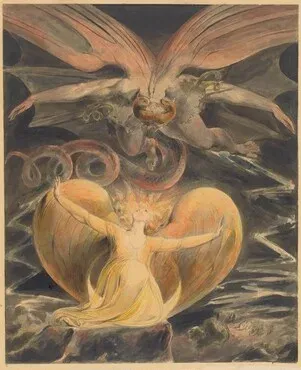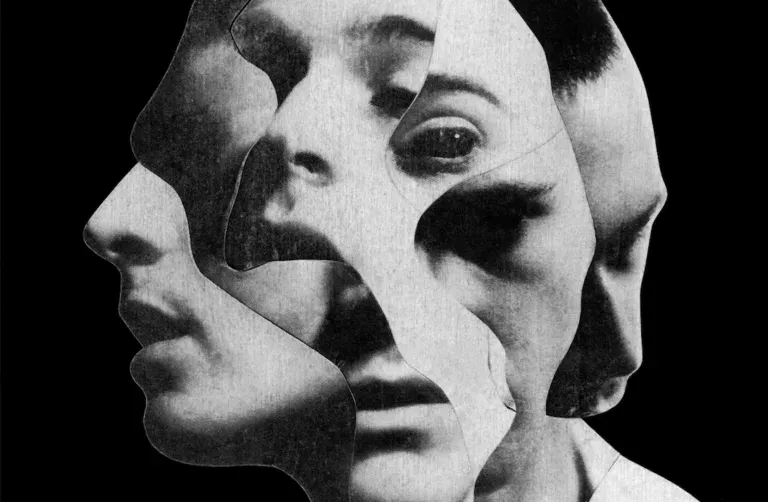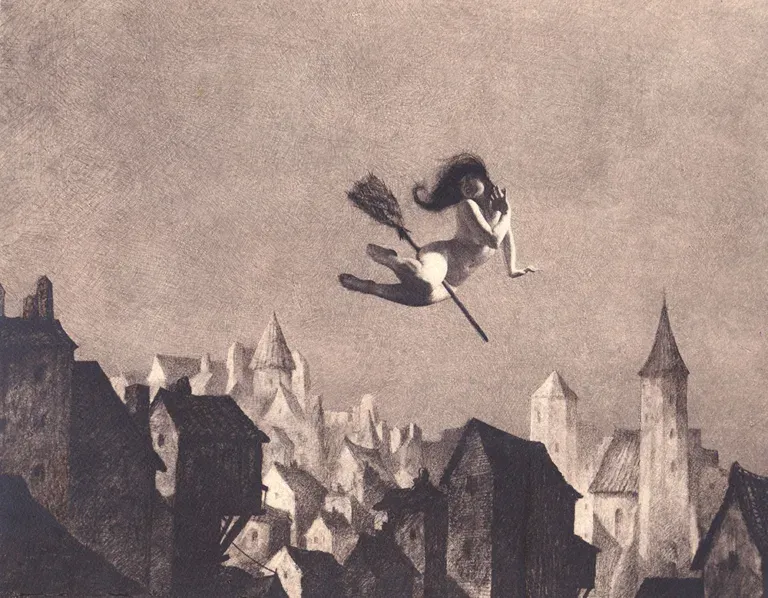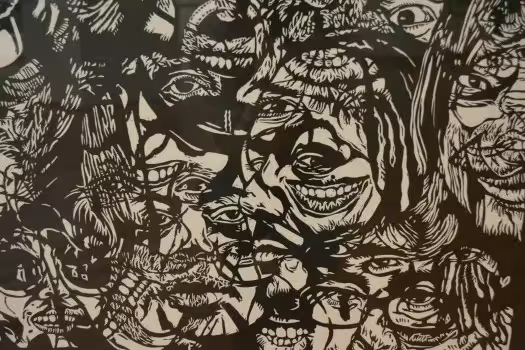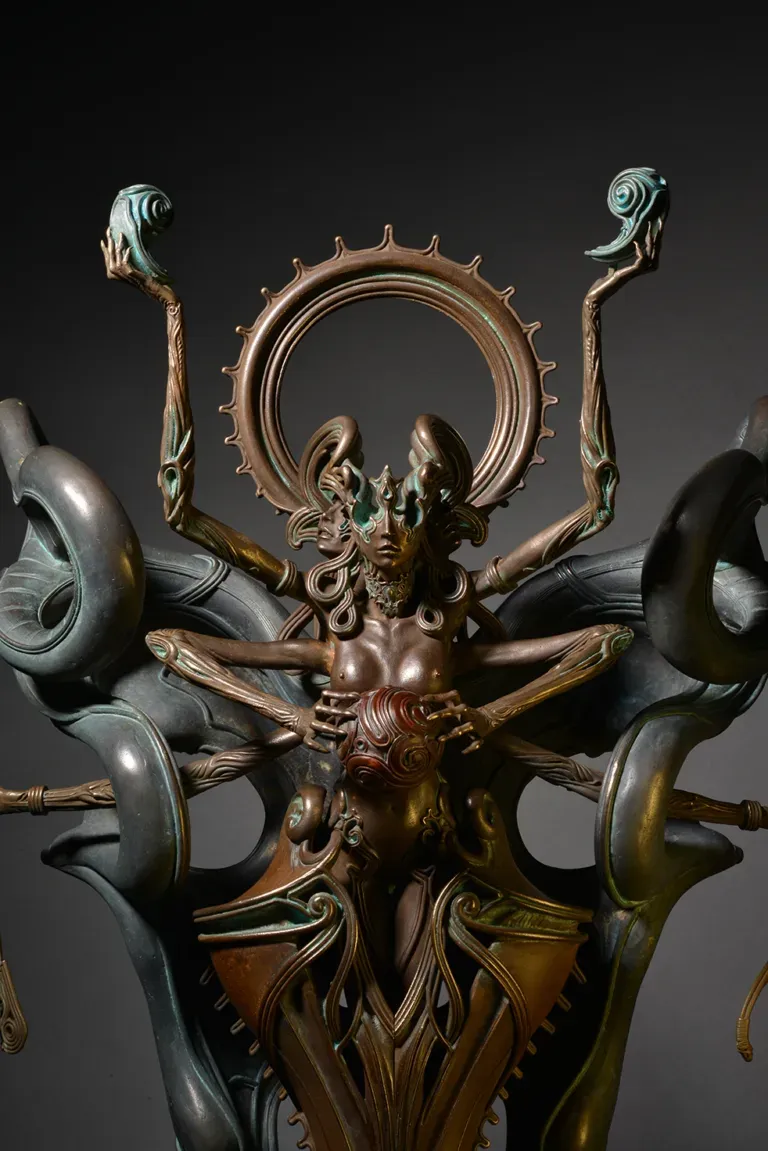The Great Red Dragon and the Woman Clothed with the Sun
“The Great Red Dragon and the Woman Clothed with the Sun” by William Blake: A Visionary Masterpiece
Introduction
“The Great Red Dragon and the Woman Clothed with the Sun” is a series of paintings created by the visionary English artist William Blake between 1805 and 1810. This work, full of symbolism and mystery, represents one of the peaks of Blake’s art and offers a profound glimpse into his imaginative world.
Description of the Work
The series consists of at least four paintings, each depicting the Great Red Dragon and the Woman Clothed with the Sun. The dragon, powerful and menacing, represents evil, while the woman, enveloped in the sunlight, symbolizes good. The composition captures the eternal struggle between opposing forces.
Symbolism and Meaning
Blake was a mystic and visionary, and his works are steeped in religious and spiritual symbolism. “The Great Red Dragon” is often associated with the evil described in the biblical Apocalypse. The woman, on the other hand, represents virtues and divinity. The duality of these figures reflects the complexity of the forces that shape the universe.
Blake’s Artistic Technique
William Blake was known for his unique artistic style, which combined painting and poetry. His paintings were often accompanied by poetic texts, further expanding the meaning of the works. Blake used vibrant colors and fluid lines to create visually stimulating and suggestive compositions.
In Conclusion
William Blake’s work represents a deep immersion into the spiritual and artistic themes of the artist, offering a point of reflection on the duality of human nature and cosmic forces.

